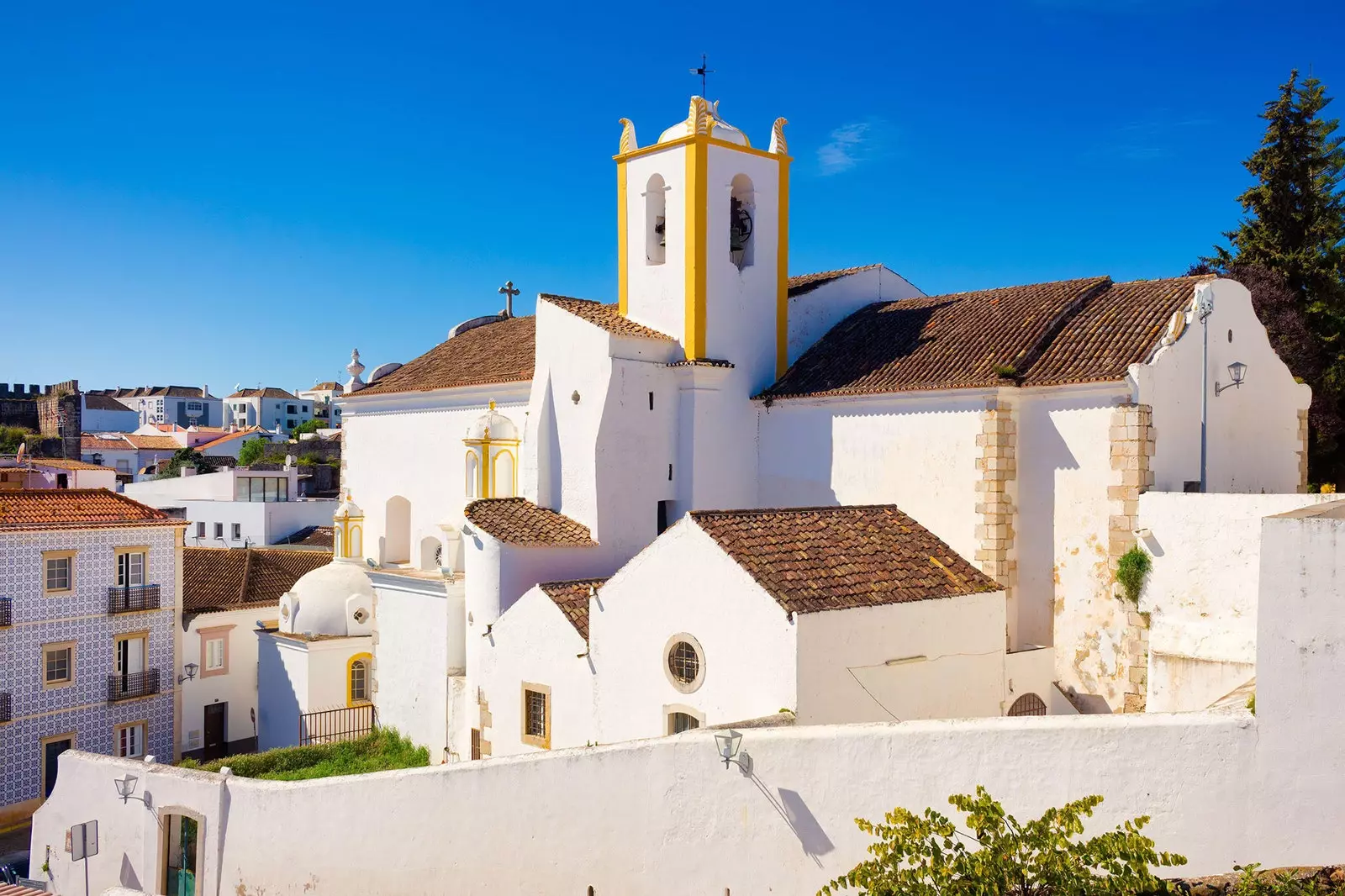
View of the bell tower of the church of Santiago, in the historic center of Tavira.
When one crosses the Guadiana and enters Portugal, nothing seems to indicate it except the sign that greets us at the border. The greenhouses settled on ocher hills laden with olive trees and junipers, the storks erect in their nests and the white villages lying placidly in the shadow of flat mountains they belong to the Andalusian landscape as much as to the Portuguese, being first cousins.
That's why, the Arabs called the lands to the west of the Guadiana "al garb al-Andalus", "the West of Al-Andalus", and dedicated so much love to them as to the lands bathed by the Guadalquivir. When the Muslims marched, they took with them their tears and memories, leaving behind two jewels for the enjoyment of Christians: Lagos and Tavira.
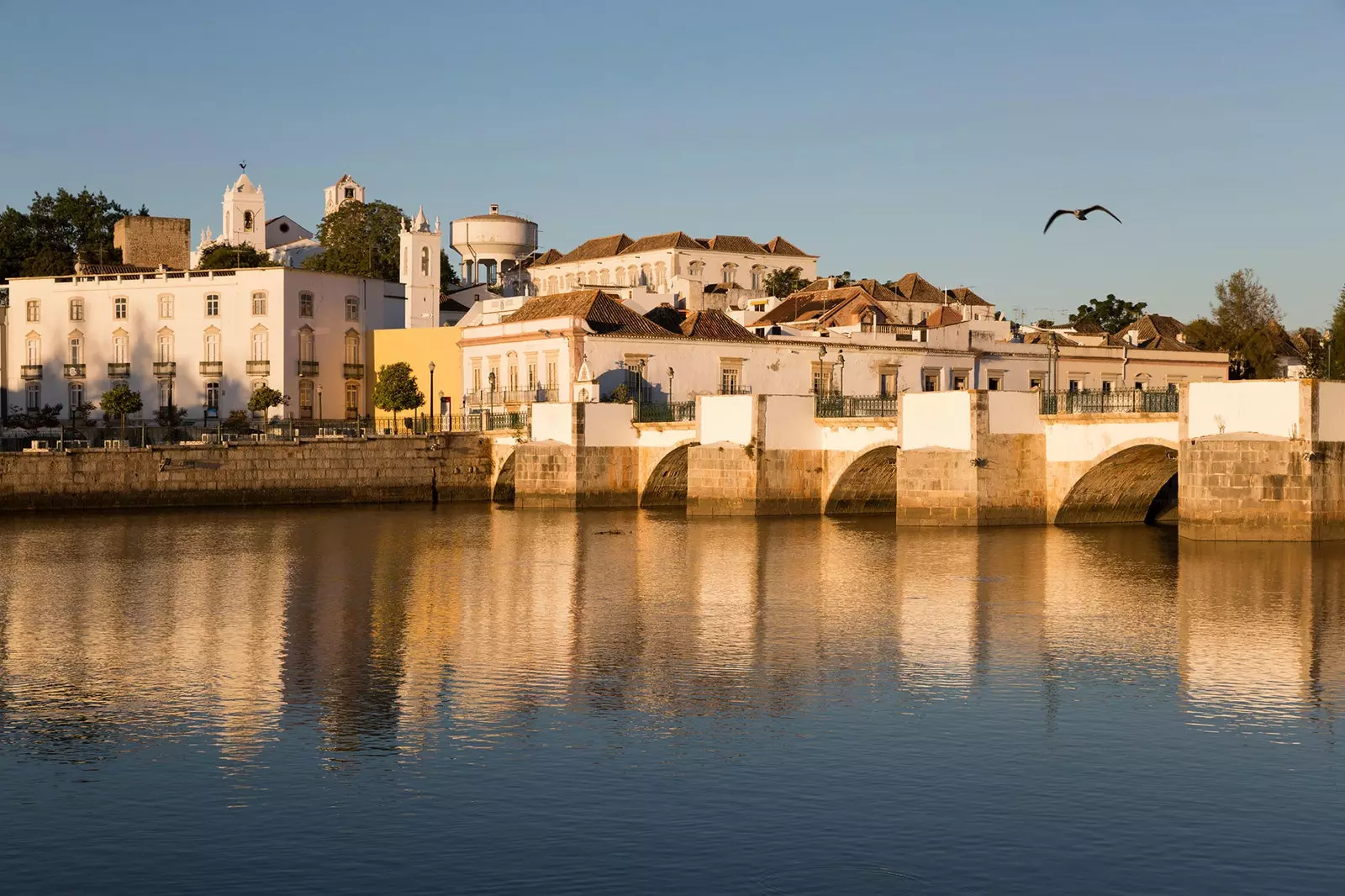
Roman bridge with seven arches and city over the Gilao river, Tavira.
TAVIRA
The road to the End of the World, Cabo San Vicente, has passed through Tavira since time immemorial. The Phoenicians, for whom there was no place far enough, they built a commercial emporium on the banks of the Gilao River, near its mouth, which was later occupied by the Tartessians. No one could resist the advantageous position of that port, which grew to acquire city overtones during the Roman domination.
Finally, The Arabs of al-Andalus would be the ones who built the beautiful stone bridge that crosses the Gilao, and would endow Tavira with an architecture that it still maintains. Flat roofs, whitewashed facades and minaret-shaped bell towers that lead us beyond the sea. Africa is reflected in Tavira, and Tavira is attracted to Africa, as evidenced by its colors, the joy of its neighbors, and the strength of a sun that hits tiles and terraces where green wine is drunk.
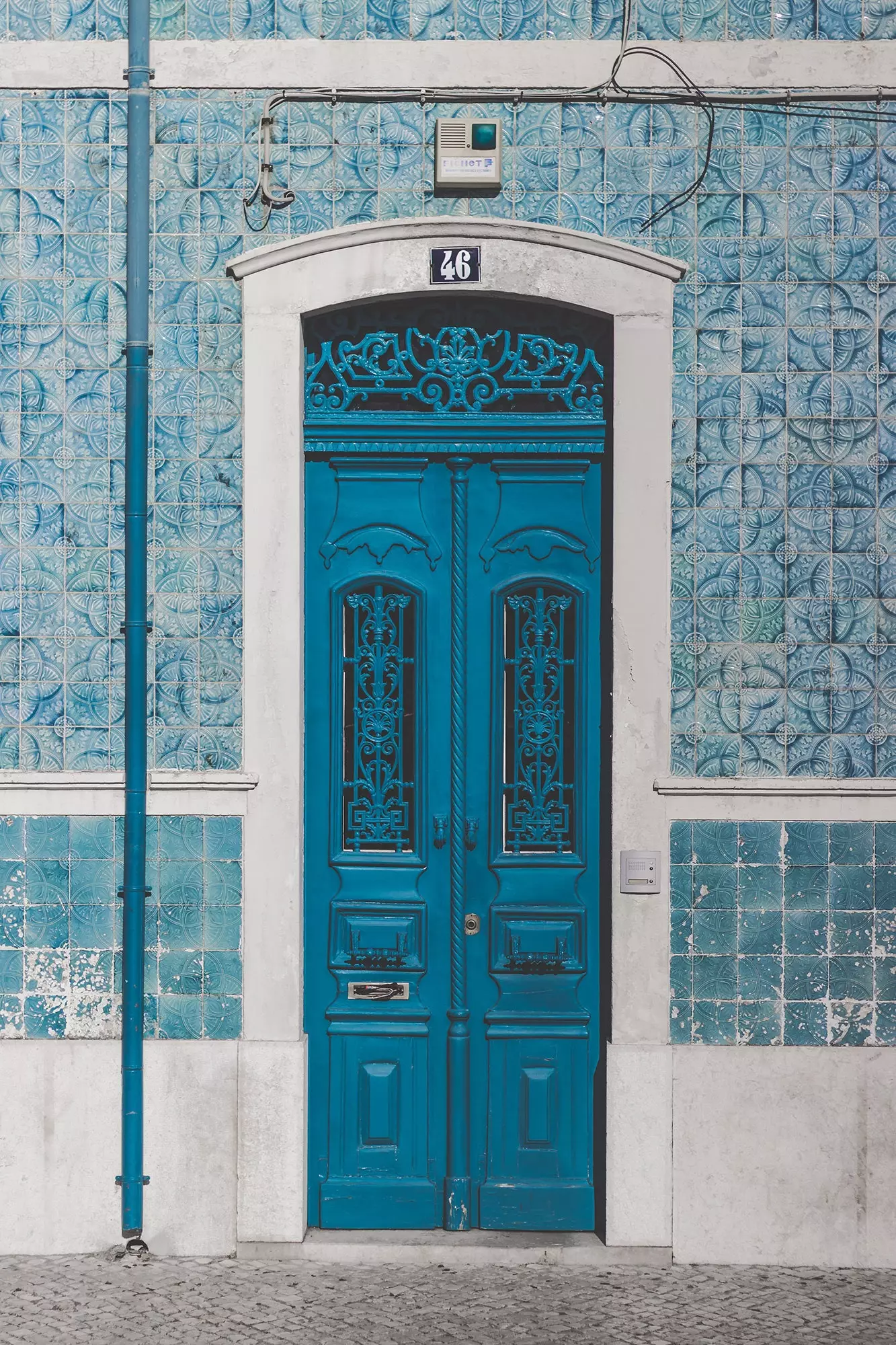
Detail of a door in Caldas da Rainha.
On the east bank of the river, Attached to the stone bridge, stands the neighborhood once occupied by merchants, artisans and sailors, compressed today between Cándido dos Reis and Jacques Pessoa streets. It is curious to observe the facades of the old warehouses, most of them built on dates after the Lisbon earthquake (1755), whose tsunami devastated the neighborhoods of Tavira located outside the walls.
The Portuguese, a resilient people in their own right, took time to overcome the onslaught of the elements, but Tavira recovered the commercial splendor that lit up its wealth. Venetians, Genoese, Catalans, English and French built warehouses and shops here, because the route that led to Africa and Indonesia passed through here Before and after the construction of the Suez Canal.
Crossing the stone bridge again, we will come across the medieval walls that enclose the old town of Tavira. The streets narrow and take vertical paths towards the castle. The Municipal Museum, near the top where a church with mosque overtones stands, has important Phoenician, Tartessian, Roman and Andalusian pieces, the same ones who decided to build a fortress that acts as an incomparable viewpoint. The garden that occupies the parade ground is always radiant, and is often frequented by students seeking respite in the shade of the trees.
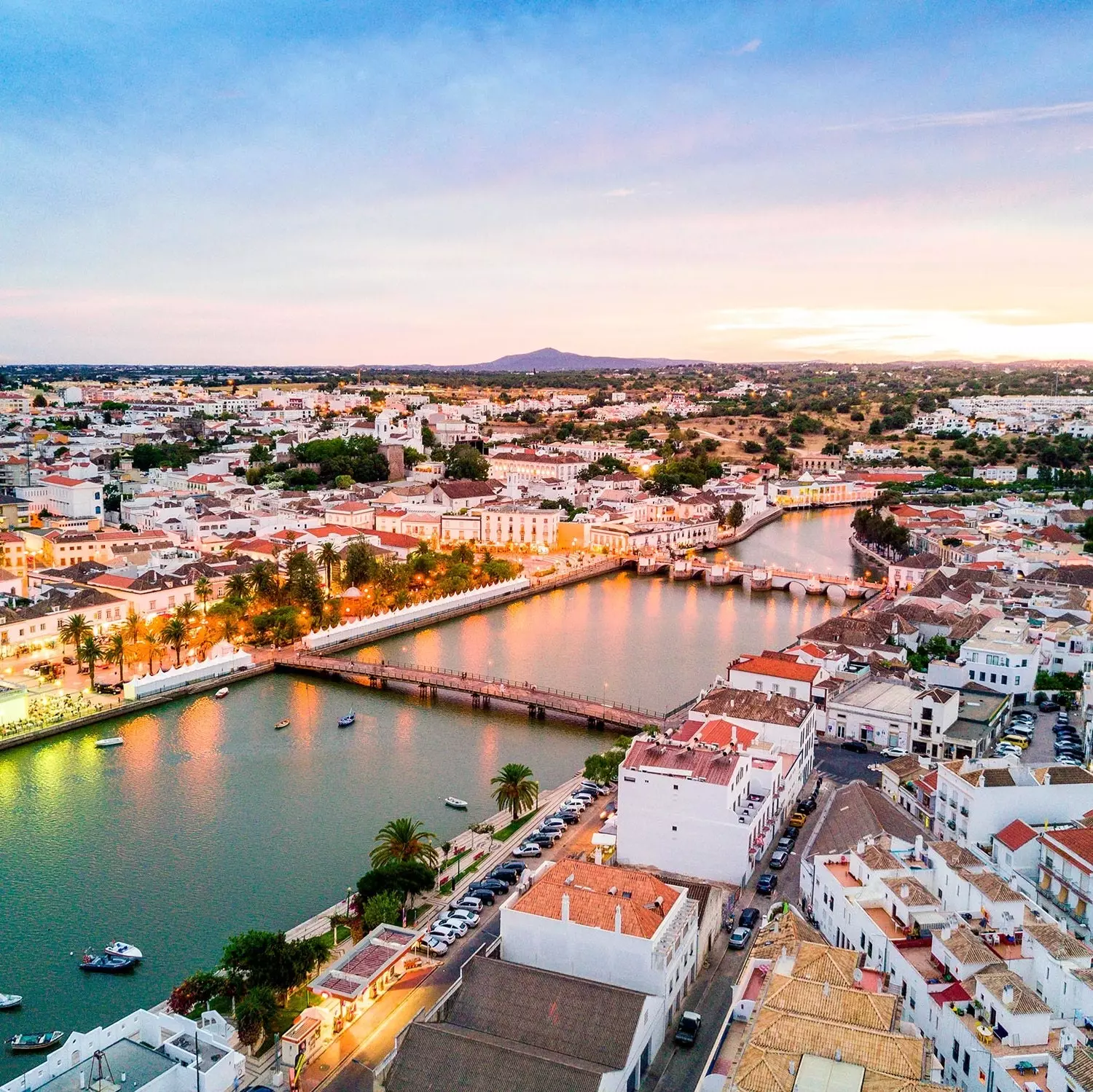
Tavira, the coast bathed by the Mediterranean Sea.
After seeing the castle, The best thing is to walk leisurely through the alleys of the center until you gently drop down to Rua del 1º de Maio. There, one can amuse oneself observing the typical houses of the aristocracy, with an aspect that can be confused as 'colonial', but which was brought to the colonies by the same people who built them in Tavira.
Worthy of mention is the house that occupies number 15, with its open balcony, or the facades that overlook the Dr. Marcelino Franco square. All wealth in Tavira comes from its trade, leaning out as it is on the infinite horizon of the Atlantic, gateway to the New World.
The sea, however, has not always been synonymous with wealth for the Algarve. For centuries, it meant danger at the hands of pirates and corsairs who, under their own power or under an enemy flag, threatened these coasts. Very close to Tavira, there is the tiny town of Cacela Velha, whose houses are crowded around a church, guarded by a thick wall that surrounds a hill standing on a huge sandbank.
A small wooden boat connects Cacela Velha with the beaches that protect it from the sea, crossing the marsh to leave visitors in the middle of a dune desert where Lovers of baths and solo walks will have found their paradise.
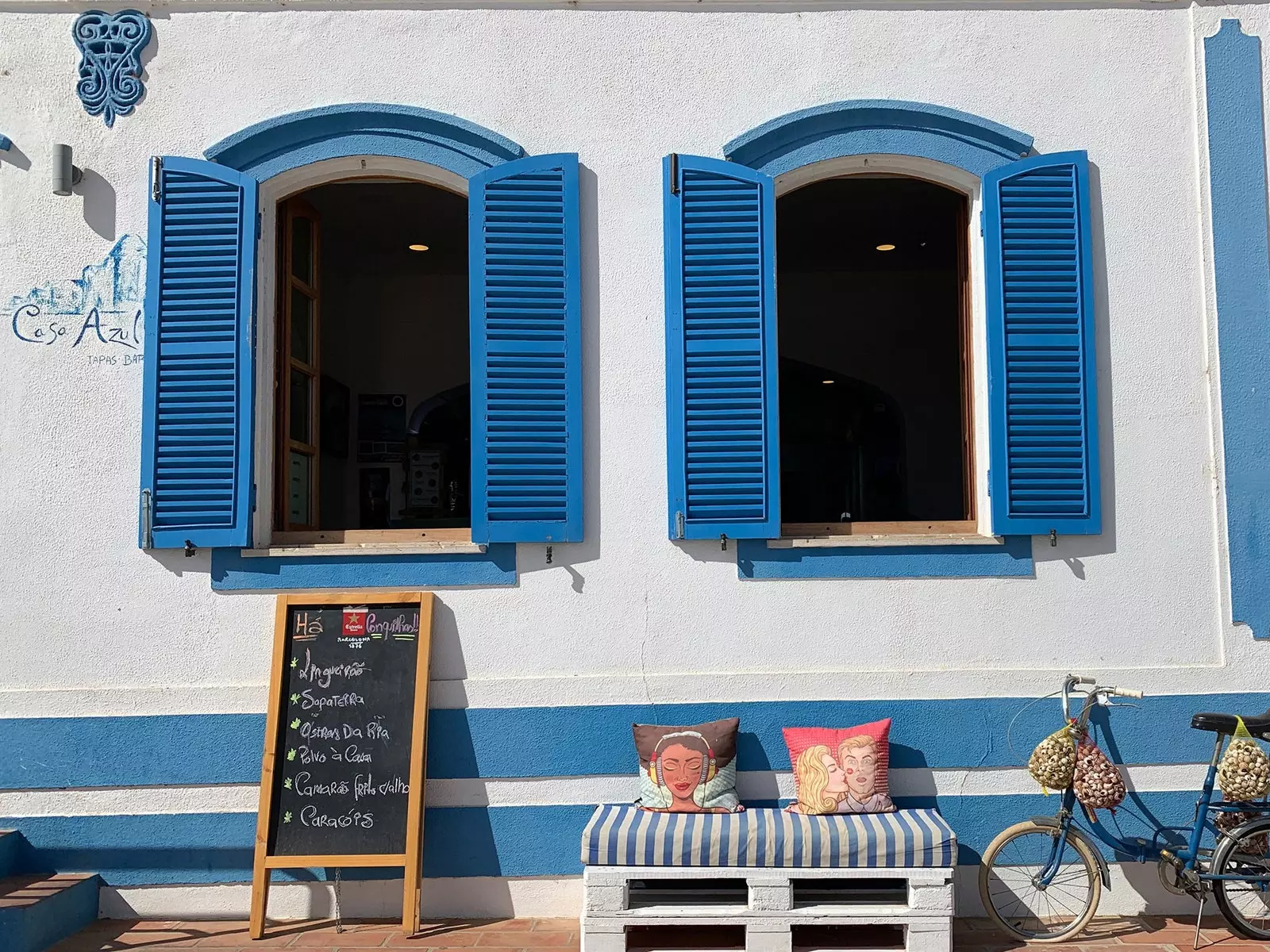
Cacela Velha, Portugal.
LAKES
Portugal, like Spain, has its own misnamed Reconquest. The Algarve was won by the Portuguese in 1249, although due to conflicts with Castile, their domain would not be recognized after 1267. With the conquest of the Algarve, Portugal reached its maximum territorial expansion, consolidating borders that remain until now, the oldest in Europe.
However, this shelter soon outgrew the ambitions of the Portuguese, who had to contemplate how Castile continued to gain territories in al-Andalus and the Maghreb, and Aragon established its rule in Sicily and Italy. In 1312, forty-five years after the conquest of the Algarve, King Dionysius I of Portugal found the solution to the oppression felt by his kingdom when he saw himself oppressed by the Castilian expansion: build a national fleet and go to sea.
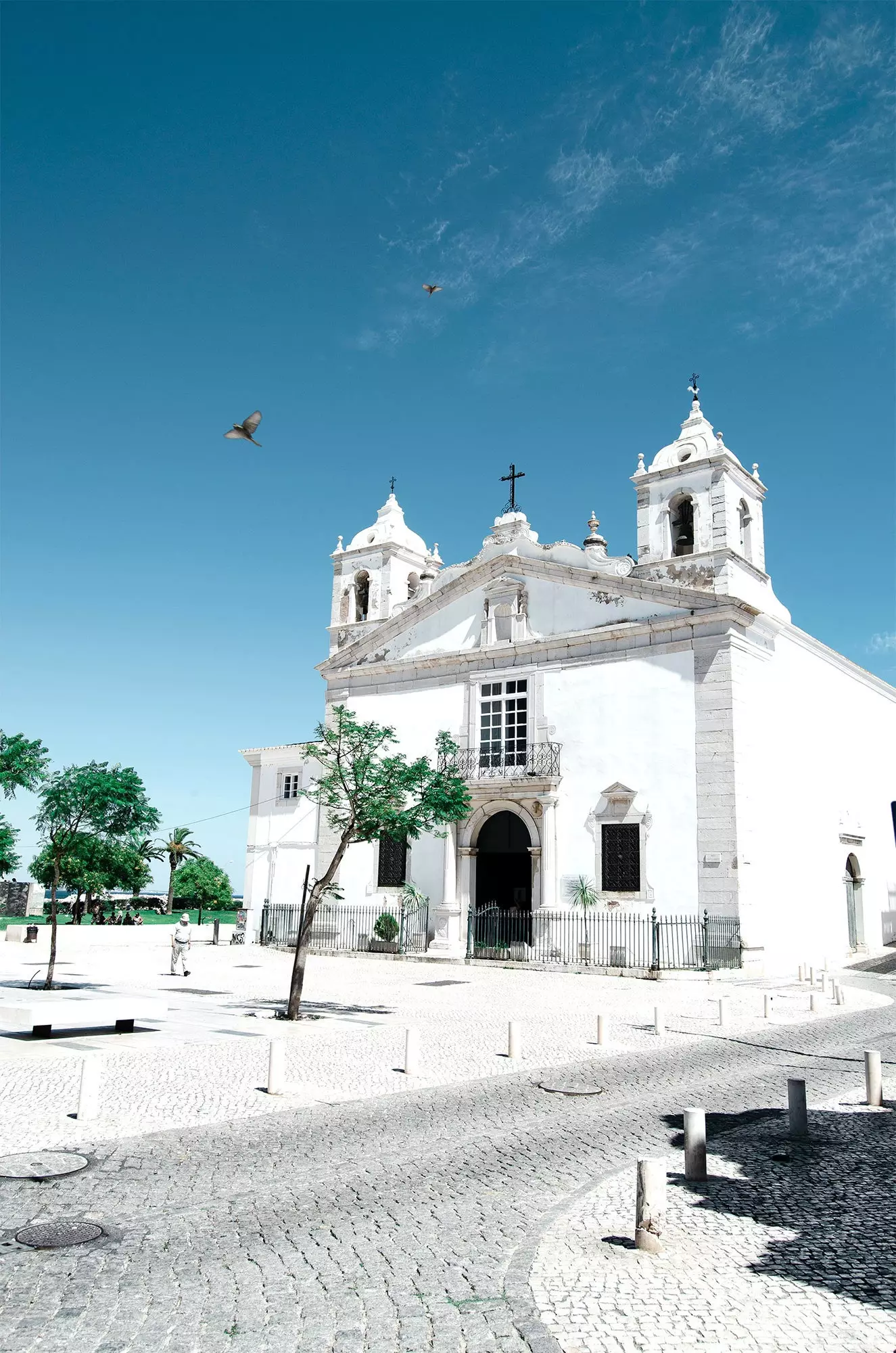
Lagos, Portugal.
The port chosen to lead the maritime company of Portugal, a mission in which during the next centuries kings would turn their efforts, nobles and commoners, was the ancient city of Lagos. If Lisbon was the end, the great market where the exotic products acquired in North Africa and the coasts of Guinea were exhibited and sold, Lagos was the shipyard, warehouse, barracks and starting point for expeditions undertaken by what was then the largest navy in Europe.
The Roman Lacóbriga, prosperous since time immemorial due to its excellent natural port, It went from being the last Arab stronghold in the Algarve to being the home of seafaring kings like Henry the Navigator, and the place where spices from India set foot on Portuguese soil for the first time. Portugal had been successful in pouring itself into the sea, and felt blessed because of the evangelizations it carried out in its colonies: until the Lisbon earthquake destroyed her effigy, inspiring sad fados.
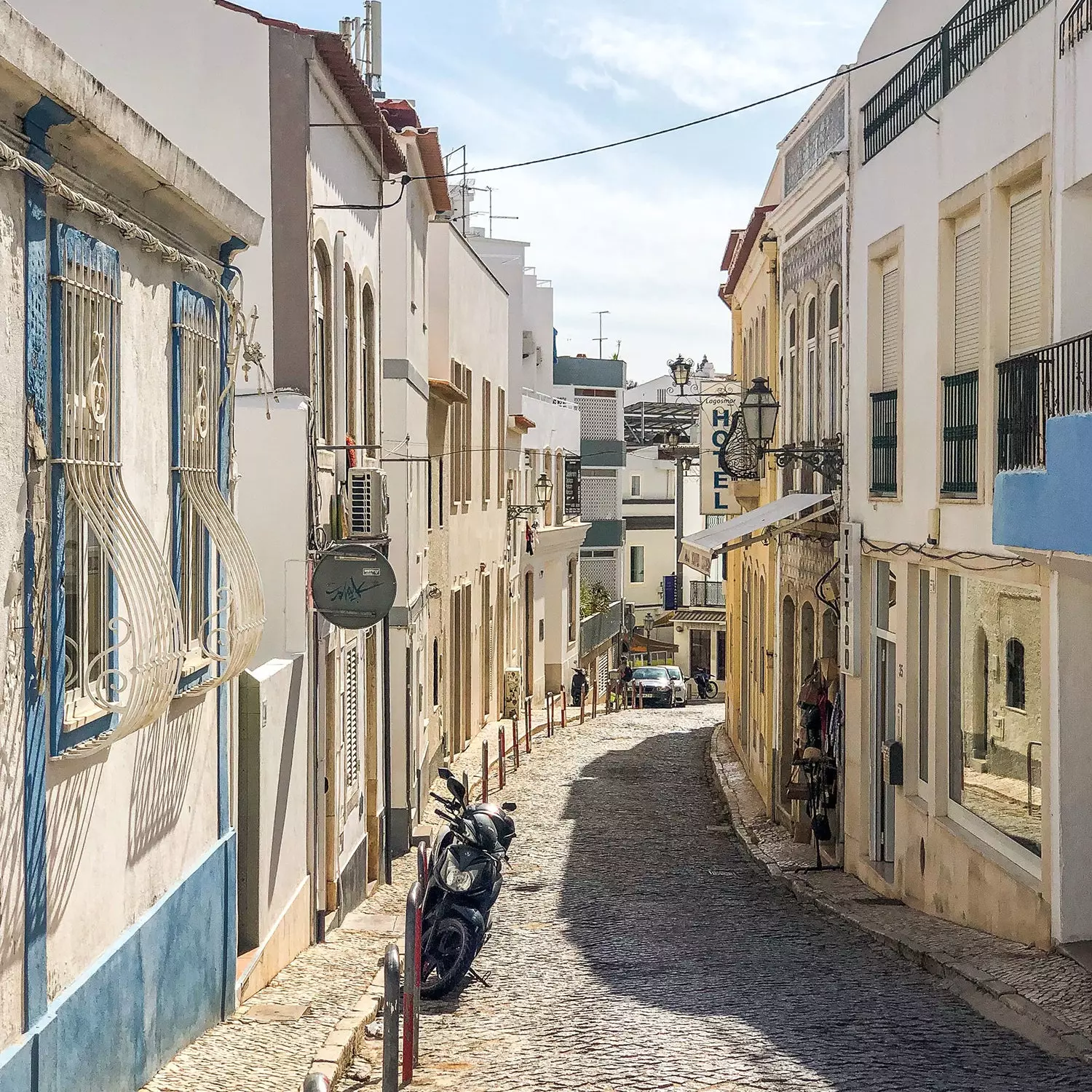
The streets of Lagos are full of charm.
Lagos recovered fully from the fury of the earthquake and tsunami that hit her, and Although only sectors of the wall and its castle remain from the medieval buildings, the reconstruction work was carried out at a time when the taste for tradition had not yet been forgotten.
Merchants rebuilt their palaces and the slave market, the first of its kind built in 1444, was once again built by the harbour. Foreign merchants, especially the English and Venetians who used Lagos as an important stopover between northern Europe and the Mediterranean, they went back to building warehouses and palaces like the ones that can be admired around the Praça Luis de Camoes. And the parade on April 25 was filled, as before the earthquake, of spices, fabrics, ebony and ivory, becoming, as it is now, one of the most pleasant commercial streets from the Algarve.
Nowadays, Lagos bases its economy on tourism and an appreciated canning industry. Most visitors are rightly attracted to the beaches that open before reaching Punta da Piedade, such as Camilo and Dona Ana beaches. They are beautiful coves surrounded by sandstone cliffs, the same soft rock that barely resists the waves of the sea, breaking up and creating islets, caves, natural arches and coves that can only be reached by boat. The water is transparent, ideal for diving, and the climate, even in winter, it is warm: honey for the thousands of English, French, Nordic and German retirees who decide to retire in Lagos to enjoy the benefits of the Algarve.
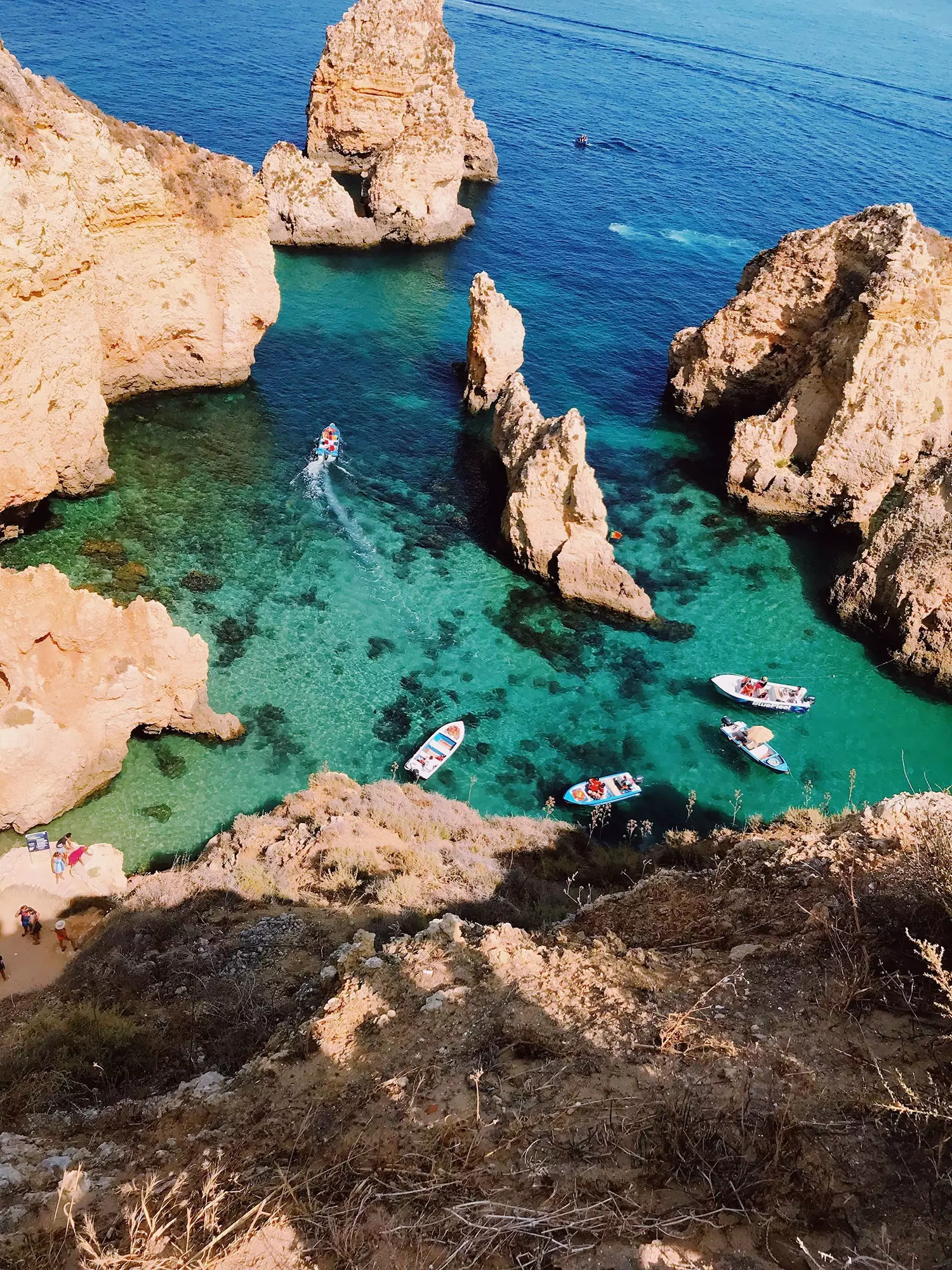
The coast of Lagos has a great tourist attraction.
To end a worthy visit to Lagos, It is mandatory to enjoy your food. Portuguese cheeses, especially goat cheeses, deserve to spend some time with them, as well as the numerous types of preserves that the city boasts. In Arc da Velha (r/do Ferrador, 22) they serve them traditional, bottled by hand in the villages near Lagos, and they offer them with tuna, mackerel, sardines and mackerel, although the best is the one with anchovies with garlic.
The decoration of the place is typical of a Portuguese tavern, and few tourists stop at it because it is a little further from the nightlife, packed with deceptive venues. The farewell to the Algarve deserves a local and at the same time cosmopolitan dinner, just like Lagos and Tavira. We hope that mass tourism, always so invasive, continues to respect the light of these two jewels.
